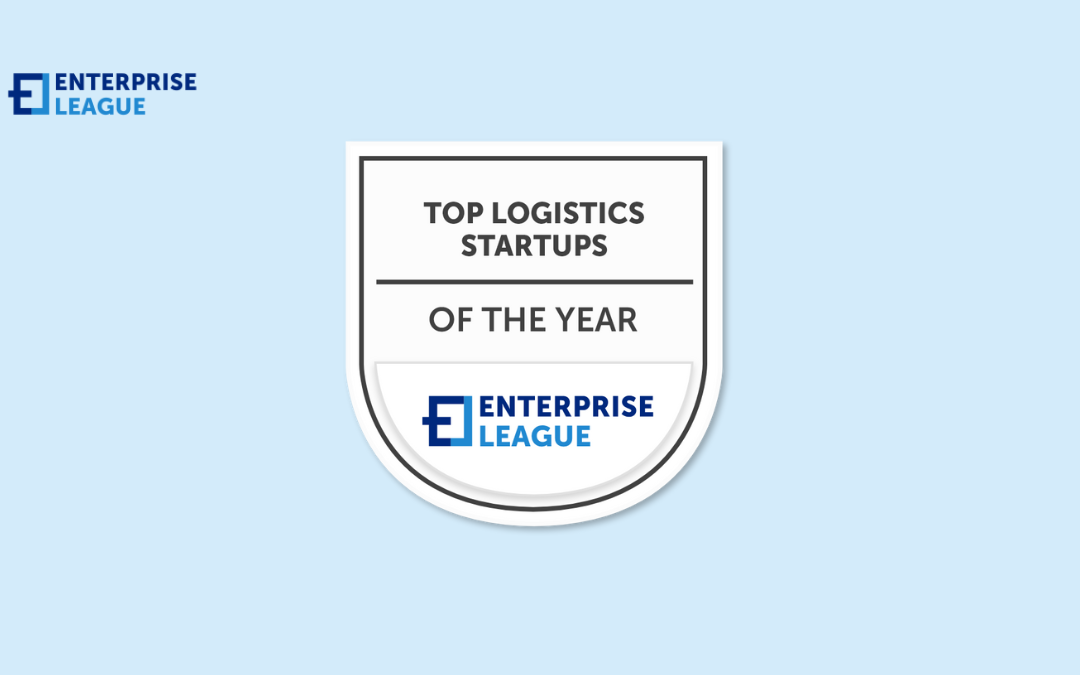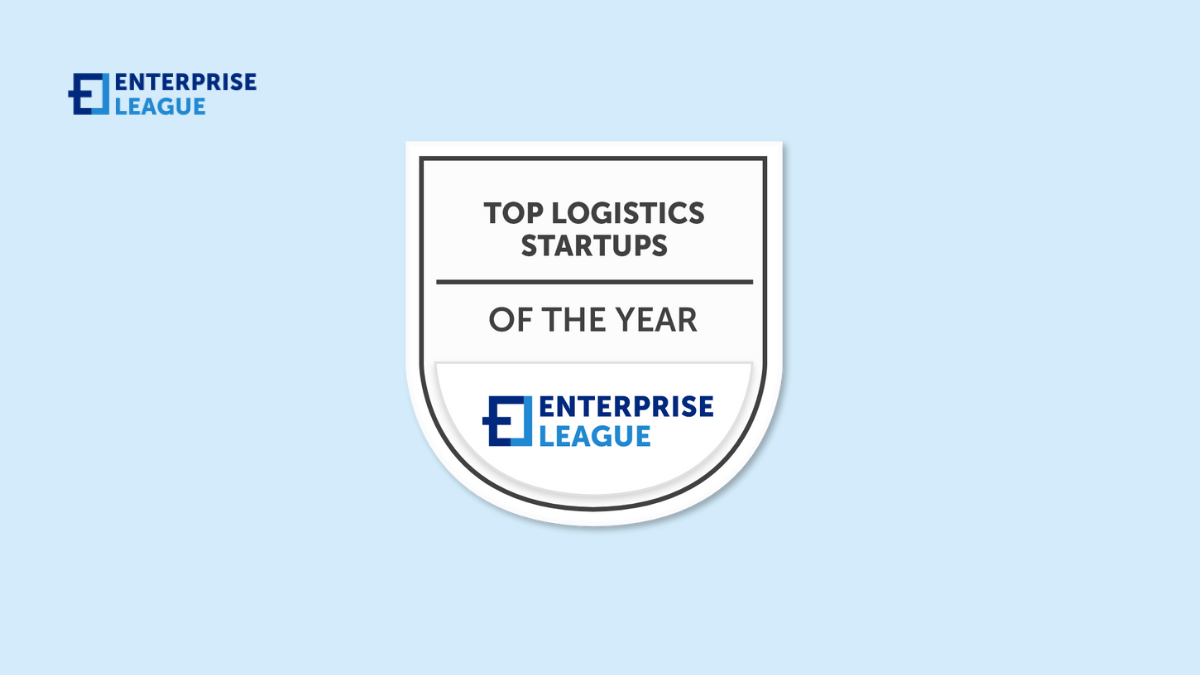Running a software business means handling money from customers who expect things to work smoothly. They sign up, enter their card details, and assume the rest happens without a hitch. On your end, though, payment processing is a whole different story. You need...

Medical Equipment Manufacturing: Best Practices for Quality, Compliance, and Safety
Medical Equipment Manufacturing: Best Practices for Quality, Compliance, and Safety
November 10, 2025

Medical equipment plays a vital role in the healthcare industry, and manufacturing top-notch equipment is crucial to uphold patients’ welfare. With continuous technological and innovative advancements, medical equipment manufacturers must adopt the most effective practices to ensure their products meet the utmost quality and safety standards.
The global medical devices market has been valued at over $570 billion recently, underscoring how much precision and compliance matter in an industry that touches lives daily. This article highlights the key practices manufacturers follow to ensure reliability, safety, and continuous improvement.
Quick Take
Manufacturing medical equipment demands precision and trust. From material selection to post-market monitoring, every step ensures safety, compliance, and reliability.
7 key practices in medical equipment manufacturing
To achieve consistent and efficient manufacturing processes that comply with established standards, implementing quality practices is crucial. To prevent defects and errors during production that could lead to costly recalls and damage to the manufacturer’s reputation, following the best practices is essential.
Below is a checklist of seven best practices that must be followed during medical equipment manufacturing.
Create a plan
Creating a plan is essential for efficient medical equipment manufacturing because it provides a structured approach to the production process. A well-designed plan allows manufacturers to identify potential challenges, establish clear objectives, allocate resources effectively, and track progress toward the set goals.
By having a plan, medical equipment manufacturers can reduce errors, minimize downtime, and optimize their manufacturing processes, resulting in increased productivity and efficiency. Many organizations use SQCDP boards to track Safety, Quality, Cost, Delivery, and People metrics, ensuring consistent performance and continuous improvement.
Furthermore, having a plan can help manufacturers make informed decisions regarding best design of medical devices, raw materials, and personnel, ensuring that the manufacturing process adheres to established quality standards.
Understand the regulatory guidelines and standards
Medical equipment manufacturers should follow regulatory standards and guidelines from design to delivery. These involve quality management systems, process methods, labeling, and reporting. They should have processes focusing on inspection and product deficiency correction. Also, documentation is a requirement when manufacturing medical equipment to identify defects and incorrect procedures so they can be easily rectified in the future.
Every country enforces its own rules, but the gold standards: ISO 13485, FDA 21 CFR Part 820, and EU MDR, are globally recognised.
The challenge for most manufacturers isn’t just passing audits, but embedding compliance into everyday operations. According to Deloitte’s Life Sciences Outlook, over 60% of medical device recalls stem from process errors rather than product flaws, a reminder that consistency matters more than complexity.
Choose high-quality materials
Using premium-quality materials is crucial in achieving the goal of manufacturing high-quality products that every manufacturer strives for. While design planning is among the most crucial steps in manufacturing medical equipment, you should also evaluate the raw materials used for the products.
You can choose the right materials by determining their durability, usability, and safety. Also, you should define the materials’ origins, sources, and manufacturing methods, among other things. This is especially important if you’re advocating for sustainability and want to ensure that every step of the process generates the lowest emissions possible.
Quality managers evaluate the technology and materials suitable for producing highly functional medical devices. The goal is to maintain the production rate while improving quality using better materials and methods.
Instead of treating quality as a final checkpoint, leading manufacturers now design it into every stage of production.
Experts from McKinsey & Company call this approach “quality by design,” where engineers, suppliers, and clinicians collaborate early to prevent defects before production begins. This proactive model can reduce testing costs and shorten time-to-market by nearly 20%, while raising product reliability.
“Digital quality not only drives proactive quality, but also delivers real business benefits that address this and other challenges.” – Steve McCarthy, Vice President of Digital Innovation, Sparta Systems
Consider the product costs and target market
Other factors you need to consider are product costs and price sensitivity. A skimpy understanding of such areas can lead to a decline in medical equipment production and thus, incur losses.
Evaluating your target market not only helps you understand the client and patient needs but also increases your sales volume. Market research can help determine customer needs and optimal pricing in a competitive business arena. It’s even more beneficial if you sell equipment similar to your competitors. This way, you can develop unique features to make your products stand out.
Use proven practices
It’s best to utilize tested and proven processes rather than new ones. By following proven practices, manufacturers can ensure that their products are consistently high in quality.
Proven practices help manufacturers develop equipment that meets the necessary safety and efficacy standards. They can help reduce costs by optimizing production processes, reducing waste, and minimizing errors. This approach makes medical equipment more affordable and accessible to patients and healthcare providers. Proven practices are particularly vital in sterile production. Medical devices often enter cleanroom environments that must meet ISO 14644 standards to prevent contamination.
The World Health Organization notes that even microscopic impurities can compromise patient safety. Investing in regular environmental monitoring, proper air filtration, and surface validation doesn’t just ensure compliance, it builds trust with hospitals and regulators alike.
Use feedback to improve product quality
A successful medical device manufacturing company embraces feedback from its clients. This includes feedback from medical providers and patients on how the products were received in the market, their effectiveness, and their benefits. That way, the manufacturer becomes aware of areas where improvements need to be made and learns more about its target customers.
In addition, the FDA requires medical device audits, which are part of the quality management process. Besides being necessary to the regulatory board, you can use internal audits to improve your products by identifying and refining the smallest concerns.
Beyond mandatory audits, forward-thinking manufacturers rely on continuous feedback loops. By analyzing user experience, service reports, and post-market surveillance data, they can detect performance trends early.
This concept, known as continuous improvement or Kaizen, drives innovation and reliability. As FDA guidance highlights, the most successful companies use customer insights not just to fix problems but to anticipate them.
Be creative
There’s not one best procedure for manufacturing medical equipment. Furthermore, the medical market has a massive variety of uniquely designed products. This allows you to think outside the box and use your creative skills to develop new designs. New assembly methods and processes are a few examples of how you can try to innovate medical equipment.
Implementing the abovementioned practices will keep product flaws at bay and lawsuits due to defective equipment.
Conclusion
Consistent and efficient manufacturing practices don’t just improve quality, they safeguard lives. By embedding safety, precision, and compliance into every stage, manufacturers can reduce costs while strengthening long-term trust in their products.
The seven practices outlined above serve as a foundation for creating reliable, high-performing medical devices that meet both regulatory standards and real-world needs. Companies that keep quality at the heart of their operations don’t just stay relevant, they lead the industry forward.
More must-read stories from Enterprise League:
- Innovative small business growth tips that will take you to the next level.
- B2B payment solutions that can help you transform your business.
- Aspects that show the importance of cross-cultural communication in the workplace.
- What it takes to start a wholesale business from scratch?
- Find out how to turn your hobby into a business.
Related Articles
The 9 Best Payment Processing Services for SaaS
Building a U.S. Real Estate Portfolio: Why Beverly Hills Should Be Your First Step
The United States has long been a magnet for real estate investors seeking stable returns and prestige. Among its many luxury markets, one name consistently stands out: Beverly Hills. Known worldwide for its glamour and exclusivity, it represents more than just a...
Top 7 SEO Services for Law Firm Websites
In the legal sector, digital visibility is the primary determinant of case volume. For attorneys, implementing a specialized SEO service for Law Firm website is a fundamental requirement for operational stability. Generalist marketing strategies frequently fail in...
The 9 Best Payment Processing Services for SaaS
Running a software business means handling money from customers who expect things to work smoothly. They sign up, enter their card details, and assume the rest happens without a hitch. On your end, though, payment processing is a whole different story. You need...
Building a U.S. Real Estate Portfolio: Why Beverly Hills Should Be Your First Step
The United States has long been a magnet for real estate investors seeking stable returns and prestige. Among its many luxury markets, one name consistently stands out: Beverly Hills. Known worldwide for its glamour and exclusivity, it represents more than just a...

















